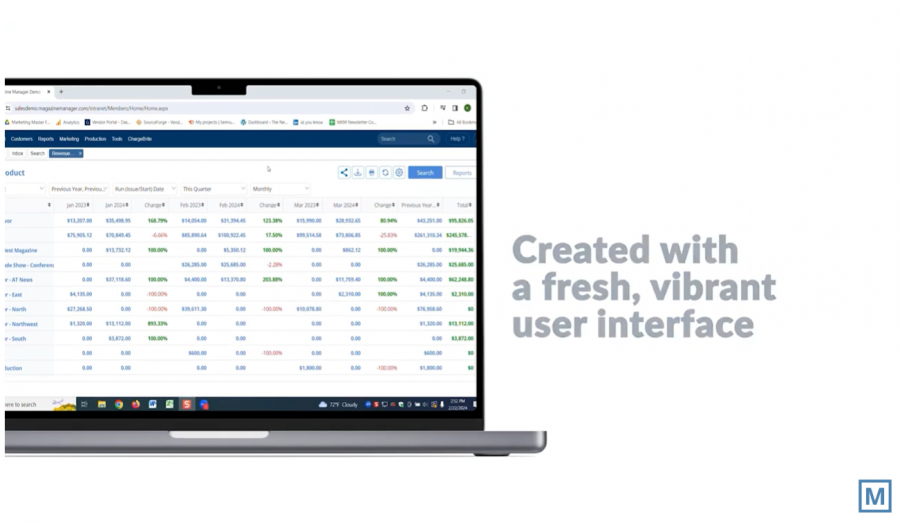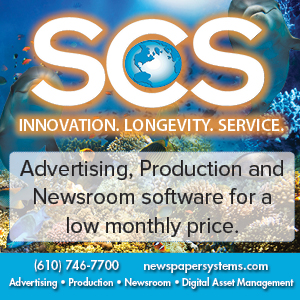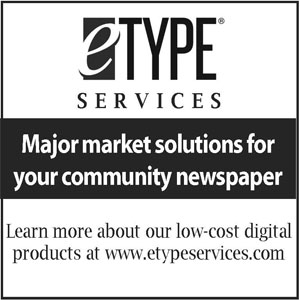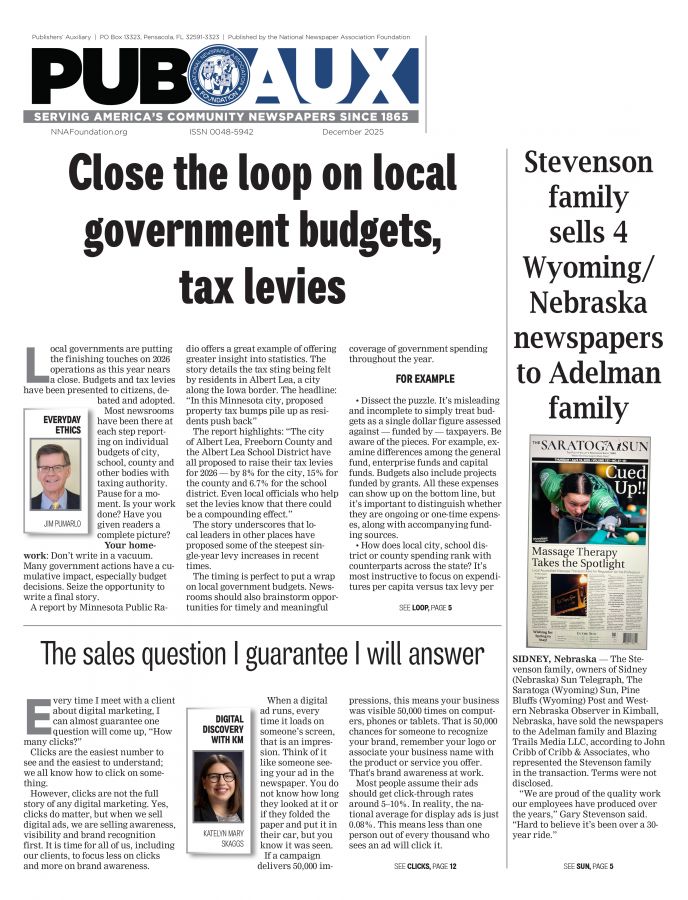Every salesperson needs a parachute
John Foust
Dec 1, 2023


Anthony is a veteran ad salesperson with a commonsense philosophy. “You’ve got to have a parachute,” he told me. “When you’re in the middle of a presentation and you hit an unexpected glitch, your prospect throws you a curve or you can’t think of what to say next, that’s when you use your parachute.”
He explained that the purpose of his kind of parachute is to pull a salesperson out of trouble and keep the conversation moving in the right direction. “The beauty of a well-stated parachute is that the other person doesn’t know it’s a rescue technique. It seems like it is a continuation of the regular conversation. There are as many parachute possibilities as there are salespeople. The one I most rely on is benefits — not the benefits of running ads in my paper, but the benefits offered by that particular advertiser.”
Based on my conversation with Anthony, four points come to mind:
1. START WITH BENEFITS
“The way I see it, there are a couple of advantages in focusing on benefits,” he said. “First, it keeps the advertiser talking, and one topic that every advertiser loves to talk about is their products and services. The second advantage is that learning more about their benefits provides me with valuable details to use in their ads.”
2. BRIDGE TO THE TARGET AUDIENCE
According to Anthony, target audiences and benefits are so closely connected that they can be mentioned together. “If you’re dealing with experienced prospects, it’s a simple shift between the two areas. A big key is to help them visualize a smaller part of a larger group of people.”
3. ASK QUESTIONS
By asking questions, you can direct the discussion. In most cases, the person asking the questions is in control of the conversation — and that’s a welcome confidence builder. “When the other person does most of the talking, it relieves pressure on the salesperson,” he explained. “Plus, it provides you with a lot of information you can use. I might ask something like, ‘What are some ways that people can benefit from the XYZ widget?’ Or, if benefits have already been discussed, ‘What are some additional ways that people can benefit?’
“From that point, it’s easy to expand the discussion to target audiences with a question like, ‘And what types of people are most likely to need or appreciate those benefits?’ That can put everything back on track again.”
4. IT’S OK TO ASK ABOUT AUDIENCES FIRST
“Sometimes it’s more practical to start with audiences, then talk about meaningful benefits,” he said. “For example, I might ask, ‘What types of people are likely to be interested in this model of widget?’ Then I can ask, ‘What are the benefits that will appeal to that group?’ Benefits and audiences provide such easy transitions that there’s no trouble going back and forth between the two.”
Anthony’s technique makes a lot of sense. When you feel like your sales presentation is losing altitude, the whole idea of a parachute is to give you a soft landing.
© Copyright 2023 by John Foust. All rights reserved.
John Foust has conducted training programs for thousands of newspaper advertising professionals. Many ad departments are using his training videos to save time and get quick results from in-house training. Email for information: john@johnfoust.com









